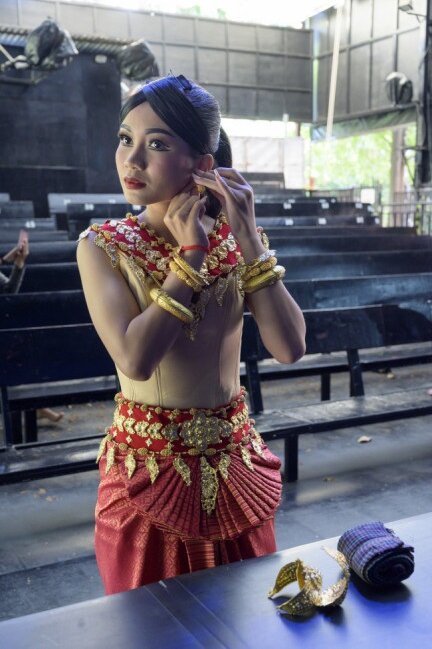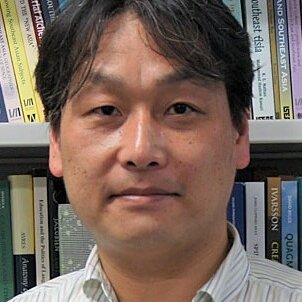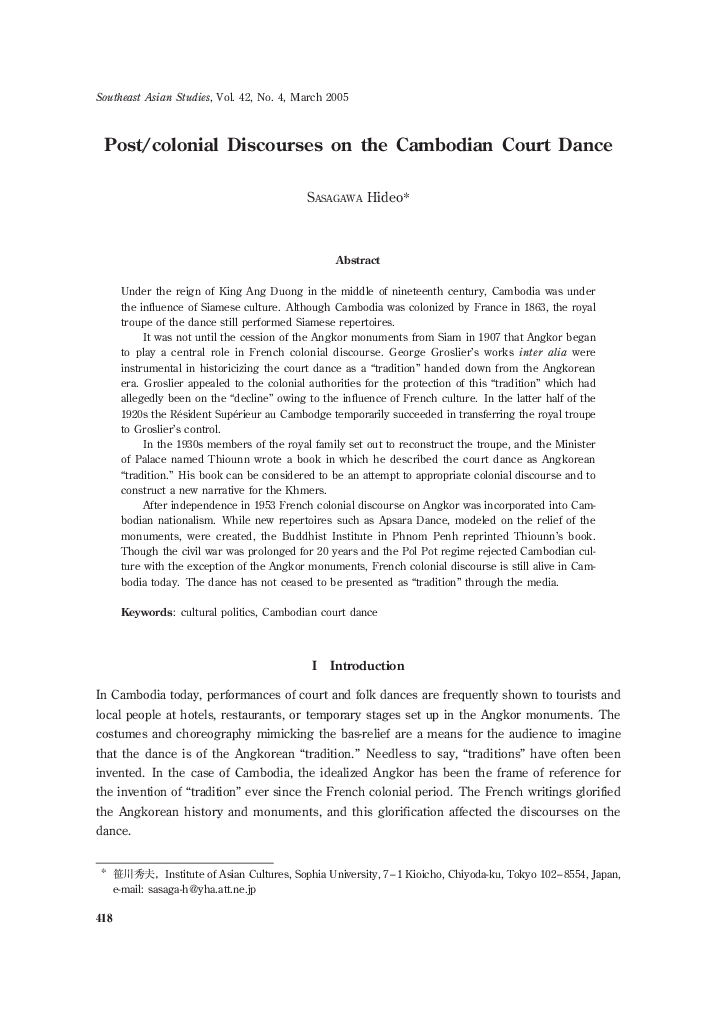Post-Colonial Discourses on the Cambodian Court Dance
by Hideo Sasagawa
Rejecting the notion of 'Angkorean tradition', the author emphasizes the Siamese influence on modern times Cambodian Court Dance.

Publication: Southeast Asian Studies, Vol. 42, No. 4, pp 418-441
Published: March 2005
Author: Hideo Sasagawa
Pages: 24
Language : English
pdf 106.9 KB
This highly controversial essay refutes the notion of an ‘Angkorean tradition’ at the core of the Cambodian Court Dance, arguing that such an historic filiation was promoted by French ‘colonial thinkers’ (including George Groslier, Jean Moura or Adhémard Leclere) and later embraced by the Cambodian nationalist ideologists.
On the opposite, the author sustains that the Cambodian Royal court dance as we know it now, and how it has been reformulated by Queen Kossamak and Princess Norodom Buppha Devi, was directly influenced by Siamese choreography, and earlier by Javanese artists. He argues for instance that “King Norodom, who had been brought up at the royal palace in Bangkok, had been fond of the Thai language, which therefore was used for the performances, and many Siamese dancers belonged to the troupe. Leclère, however, tried to connect the Cambodian court dance with Angkor. When the Siamese troops invaded the Angkor region in the fifteenth century, most of the Khmer dancers and musicians were forcefully taken away to Siam, where the Khmer repertoires were translated. Hence the origin of the Cambodian court dance was allegedly attributed to Angkor, even if Siamese court culture had exerted an influence upon Cambodia.”
This lasting controversy about ‘Who Was First?’, ‘Which tradition is the Purest?’, is vehemently rekindled by the author, who writes in closing: ‘Not only the court dance, but the discourse on Angkor as a whole was invented by the French so as to justify colonial rule. Historiography which glorified the Angkorean era and looked down on the post-Angkorean era was related to the French “protection,” that is, the French discourse on colonization. Since 1907 when France obtained the Angkor monuments, the restoration had contributed to the propaganda for the renaissance of the “glory” under French rule. The more powerful the influence George Groslier exerted upon the cultural policies, the more prevalent his discourse on the “tradition” became. The “protection” of the “tradition” which had come to a “crisis” of “decline,” resulted in the seizure of the royal troupe by Groslier.’
Photo: a dancer of the Cambodian Royal Ballet before a performance in 2019 (photo Laurent Weyl)
Tags: Royal Ballet of Cambodia, court dance, Siam, colonialism
About the Author

Hideo Sasagawa
Hideo Sasagawa (XX) is a professor at Ritsumeikan Asia Pacific University, College of Asia Pacific Studies, where he teaches the course “Religions of Asia Pacific”. With a PhD in Areas Studies at Sophia University (Tokyo), and a master in Chinese Literature, he started to work on Cambodia in the late 1970s.

